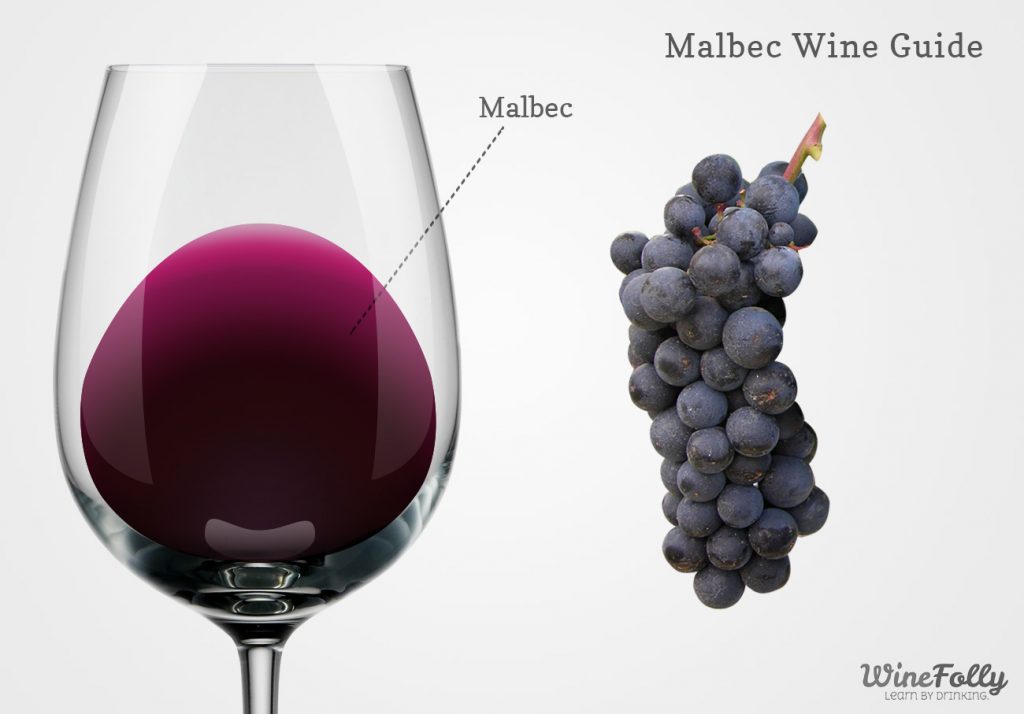A guest post by Vin Keller
(Episode One – ADVENTURES IN A GLASS of MALBEC)
So there became a problem of my own making – I was enjoying Malbec and Malbec blends. They could be sought from outlets without much trouble. There seemed to be plenty of other varietals and blends available, and different winemaking districts began to be represented. But that was the 1960s.
Leap forward into the 1970s. Something had changed. Starting with a jolt in the very late 1960s, a revolution began in the Oz world of wine. Initially, there was real pressure to produce more and more red grapes (especially), and the growers and processors were really caught out wondering just how a massive and sudden revolutionary demand for, particularly, Cabernet Sauvignon and Shiraz wines, or blends of these two, could be sourced. This revolution came right of the blue, and this astonishing demand kept right on accelerating for at least three decades, it appears.
The revolution’s down-side – simply, several white varieties began to vanish, and certain red varieties that had been very useful to date as varietals or blenders, were also on the nose (bad pun). Some of these included Mataro, Mondeuse, Blue Imperial (Cinsaut), Grenache, Alicante Bourchet, as well as a number of fringe red grapes. Sadly for me, Malbec was one of those, and wines for my interest began to be seen much less often on the shelves.
This truly dramatic narrowing of focus on what was being produced was caused by a minimum of two influences – first, several of the traditional wine producers were simply taken over by the cashed-up commercial invaders, some of which not previously involved in wine production – it was a take-over boom.
Second, there was a parallel socialised drinking revolution whereby those recently converted to the art of enjoying wine were suddenly either (or both) experts in oenology, or were heavily drugged by the new phenomenon of wine writing in journals and the dailies. At the top of this latter pile was the great Leonard Paul Evans, an escapee from Britain and New Zealand, who arrived just in time to make sense of the whole event for us through his knowledge, daring, ability, and down-to-Earth delivery. He was the Leader of the times, and many such as myself owe him a real debt.
Len was arguably the one most responsible for arresting, for example, our newly acquired habit of racing down to the corner grog shop and ordering several dozen of this or that, just because Bill’s uncle’s best mate’s sister-in-law had heard somewhere that a certain wine was a steal, or that you’d be a mug if you didn’t buy a few cases. Gradually, Len’s clever and informative articles of caring and accurate advice and experiences began to have us think about what we were actually doing. So, instead of being headless chooks, we took that unrewarding rush to be first, to be more like choosing a painting. To his great credit, Len never instructed us on taste, but gave us the idea that we should develop our palates progressively by trying more and better wines. The up-side of the revolution – nationally, we had begun to think about wine. Beer and Sherry were consigned to the back seat.
Of course, Len Evans did support Cabernet and Shiraz based wines, as well as a quite biased Hunter region fan, but he was quick to point out that our very competent Australian wineries produced many stylish and beautifully-made products from those two grapes alone, not that he was unfair about other varieties – perhaps just less effusive. But he also produced several books which thoroughly covered the industry at that time, and many updates on the progress. He wrote about winemakers, wineries and their Australian history, and of course, detailed notes on each wineries products. These were the Bibles of their time; many fine wine writers have emerged from Len’s sunlight since.
But what of Malbec? By the mid-1990s, a proportion of the “lesser” varietals such as those listed above were grubbed out in the rush to meet the swing to “important” varietals, while the remaining proportion from bearing vines was used for anonymous blending purposes – laws allowed producers to state only the major components on the label.
I will write about Malbec and its continuing journey to the present time in Oz in Episode Three.
Cheers – Vin Keller.

